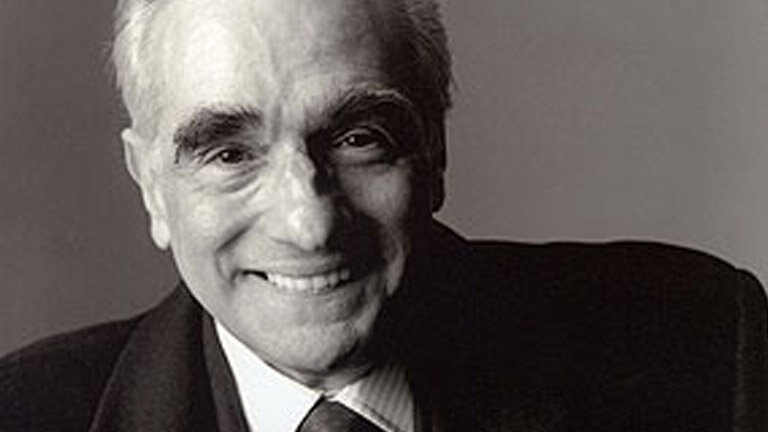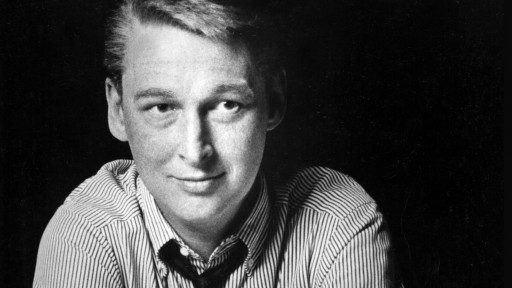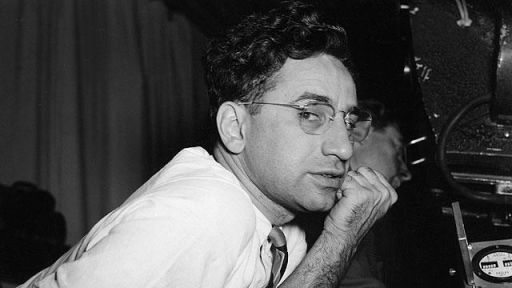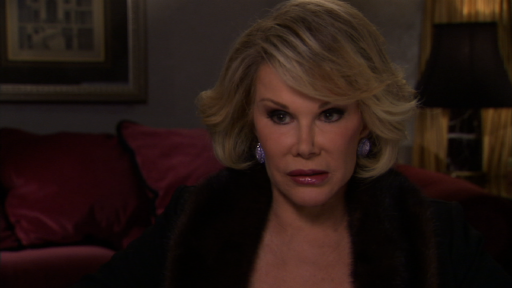From the violent realism of MEAN STREETS, TAXI DRIVER, and RAGING BULL to the poignant romance of ALICE DOESN’T LIVE HERE ANY MORE, the black comedy of AFTER HOURS, and the burning controversy of THE LAST TEMPTATION OF CHRIST, Martin Scorsese’s uniquely versatile vision has made him one of the cinema’s most acclaimed directors.
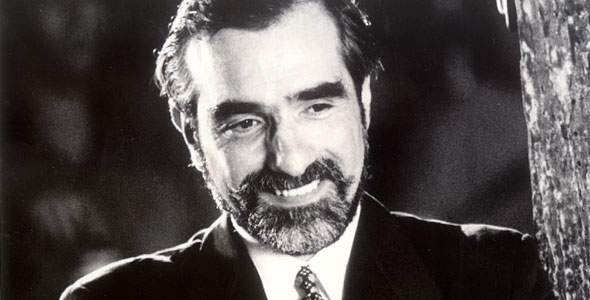 Martin Scorsese was born in Flushing, New York in 1942. A quiet child with a strong case of asthma, Scorsese spent much of his young life alone— in the movie theater or watching movies on television. After attending high school in the Bronx he spent a year in the seminary before enrolling at New York University. The early 1960s was a time of renewed interest in American film, and he found himself drawn to NYU’s film school, where the emerging French and Italian New Wave and independent filmmakers such as John Cassavetes had a profound influence on him.
Martin Scorsese was born in Flushing, New York in 1942. A quiet child with a strong case of asthma, Scorsese spent much of his young life alone— in the movie theater or watching movies on television. After attending high school in the Bronx he spent a year in the seminary before enrolling at New York University. The early 1960s was a time of renewed interest in American film, and he found himself drawn to NYU’s film school, where the emerging French and Italian New Wave and independent filmmakers such as John Cassavetes had a profound influence on him.
Soon after graduating he became a film instructor at NYU and made commercials in both England and the United States.
He also finished his first full-length feature in 1968, WHO’S THAT KNOCKING AT MY DOOR? He followed this with a number of hard-hitting films throughout the 1970s. His style combined a rough and gritty attention to the everyday life of the urban jungle with a monumental visual sensibility. In one of his most famous films, TAXI DRIVER (1976), Scorsese focused on the particulars of an individual and his obsessions. Starring Robert DeNiro (with whom Scorsese has had one of the most celebrated collaborative relationships in American cinema), TAXI DRIVER elevates the obscure specifics of a disturbed life with the greatest drama.
With two later films, RAGING BULL (1980) and THE KING OF COMEDY (1983) (both starring De Niro), Scorsese focused on a theme that has permeated nearly every one of his movies—the plight of the desperate and out-of-control individual. Often unsympathetic, his characters display a crazed violence that mimics the repressive social structures in which they live. With the protagonist in RAGING BULL we find a fighter possessed with anger both in and out of the ring, while in THE KING OF COMEDY we find one overwhelmed by the impossibility of breaking into the entertainment industry. Both are telling social commentaries and engaging films.
Emotionally precise and visually overpowering, Scorsese creates lush landscapes in which every detail seems to pulse with energy.
In his 1988 masterpiece THE LAST TEMPTATION OF CHRIST, Scorsese used this elevation of the particular to present both Jesus and everything around him with a fullness required by such a loaded topic. The controversial nature of the film and the stunning visual reality it created stirred up Hollywood and met with strong reactions from the general public.
In 1995’s CASINO, Scorsese brought together much of the stylistic and theoretical content of his earlier works. The engaging world and controlling power structure of the Mafia (a source repeatedly tread by Scorsese) is brought to life in the loud and visually stunning world of the casino. In tone, style, and content, Scorsese is constantly pushing the boarders of the film, seeing how much we can come to feel about the most foreign and familiar characters. For many, Martin Scorsese is the most important living American filmmaker—one whose relentless search for the furthest emotional reaches of his genre have led him to the center of the American psyche.

